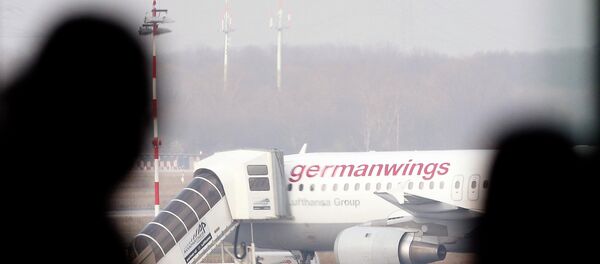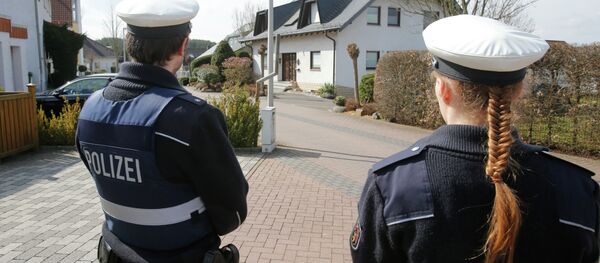The A320 Airbus crashed in in the French Alps Tuesday after the co-pilot of the Germanwings flight, Andreas Lubitz, refused to unlock the reinforced cockpit door to his colleague and most likely voluntarily steered the plane into a mountain. Brice Robin, the Marseille public prosecutor, confirmed that it was not an accident, referring to audio recordings from the plane's first black box. The crash resulted in the deaths of 150 people, including six crew and 144 passengers.
Although Andreas Lubitz's motivation still remains unclear, French journalist Jean-Marie Pottier points out that it is not the first time when a plane has crashed due to the strange behavior of its pilots. He cites at least ten air tragedies linked to the apparent desire of a pilot to destroy the aircraft. While some experts label such a behavior as "murder-suicide," the real motivational drivers are often shrouded in mystery.
The catastrophe of the SilkAir Flight 185 heading to Singapore from Jakarta, Indonesia, was also surrounded by sinister events. The aircraft crashed in southern Sumatra on 19 December 1997, killing 97 passengers and seven crew members on board. The United States' National Transportation Safety Board (NTSB) came to the conclusion that the tragedy was caused by deliberate flight control inputs, made most likely by the airplane's captain. However, Indonesia's NTSB dismissed these allegations, citing lack of evidence.
The latest case of this kind occurred in November 2013. The LAM Mozambique Airlines Flight 470 crashed in northern Namibia, killing 33 passengers and crew. A preliminary investigation into the case indicated that the pilot voluntarily destroyed the aircraft. According to detectives, he initiated the descent of the plane after his co-pilot left the cockpit. The situation closely resembles what happened to the notorious Germanwings Flight 9525, when Andreas Lubitz locked the captain out of the cabin and most likely intentionally brought the aircraft down.
It is worth mentioning that after the A320 Airbus crash the European Aviation Safety Agency (EASA) announced it would stipulate the presence of no less than two crew members in a plane’s cockpit at all times during a flight. However, the question concerning the motivational drivers of those pilots who deliberately destroyed their planes remains unanswered.





